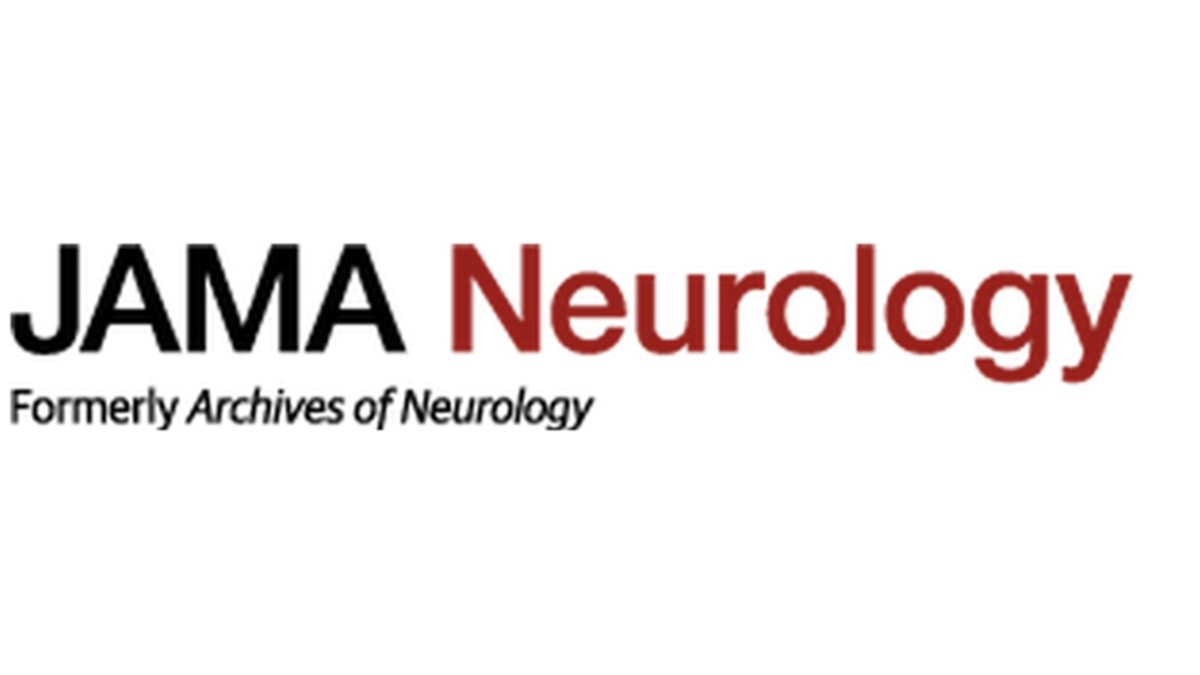 “Clinical evidence supports effectiveness of cannabidiol for treatment-resistant seizures in Dravet syndrome, but this trial is the first to evaluate the 10-mg/kg/d dose.
“Clinical evidence supports effectiveness of cannabidiol for treatment-resistant seizures in Dravet syndrome, but this trial is the first to evaluate the 10-mg/kg/d dose.
OBJECTIVE:
To evaluate the efficacy and safety of a pharmaceutical formulation of cannabidiol, 10 and 20 mg/kg/d, vs placebo for adjunctive treatment of convulsive seizures in patients with Dravet syndrome.
MAIN OUTCOMES AND MEASURES:
The primary outcome was change from baseline in convulsive seizure frequency during the treatment period. Secondary outcomes included change in all seizure frequency, proportion with at least a 50% reduction in convulsive seizure activity, and change in Caregiver Global Impression of Change score.
RESULTS:
Of 198 eligible patients (mean [SD] age, 9.3 [4.4] years; 104 female [52.5%]), 66 were randomized to the CBD10 group, 67 to the CBD20 group, and 65 to the placebo group, and 190 completed treatment. The percentage reduction from baseline in convulsive seizure frequency was 48.7% for CBD10 group and 45.7% for the CBD20 group vs 26.9% for the placebo group; the percentage reduction from placebo was 29.8% (95% CI, 8.4%-46.2%; P = .01) for CBD10 group and 25.7% (95% CI, 2.9%-43.2%; P = .03) for the CBD20 group. The most common adverse events were decreased appetite, diarrhea, somnolence, pyrexia, and fatigue. Five patients in the CBD20 group discontinued owing to adverse events. Elevated liver transaminase levels occurred more frequently in the CBD20 (n = 13) than the CBD10 (n = 3) group, with all affected patients given concomitant valproate sodium.
CONCLUSIONS AND RELEVANCE:
Adjunctive cannabidiol at doses of 10 and 20 mg/kg/d led to similar clinically relevant reductions in convulsive seizure frequency with a better safety and tolerability profile for the 10-mg/kg/d dose in children with treatment-resistant Dravet syndrome. Dose increases of cannabidiol to greater than 10 mg/kg/d should be tailored to individual efficacy and safety.”
https://www.ncbi.nlm.nih.gov/pubmed/32119035
https://jamanetwork.com/journals/jamaneurology/fullarticle/2762458


 “The growing interest in cannabidiol (CBD), specifically a pure form of CBD, as a treatment for epilepsy, among other conditions, is reflected in recent changes in legislation in some countries.
“The growing interest in cannabidiol (CBD), specifically a pure form of CBD, as a treatment for epilepsy, among other conditions, is reflected in recent changes in legislation in some countries. “Highly purified
“Highly purified  “Dravet syndrome (DS) is one of the most severe forms of drug-resistant epilepsy and available interventions fail to control seizures in most patients.
“Dravet syndrome (DS) is one of the most severe forms of drug-resistant epilepsy and available interventions fail to control seizures in most patients. “In recent years, cannabis has been gaining increasing interest in both the medical research and clinical fields, with regard to its therapeutic effects in various disorders. One of the major fields of interest is its role as an anticonvulsant for refractory epilepsy, especially in the pediatric population. This paper presents and discusses the current accumulated knowledge regarding artisanal cannabis and Epidiolex®, a United States Food and Drug Administration (FDA)-approved pure
“In recent years, cannabis has been gaining increasing interest in both the medical research and clinical fields, with regard to its therapeutic effects in various disorders. One of the major fields of interest is its role as an anticonvulsant for refractory epilepsy, especially in the pediatric population. This paper presents and discusses the current accumulated knowledge regarding artisanal cannabis and Epidiolex®, a United States Food and Drug Administration (FDA)-approved pure  “Epilepsy is a neurological disorder characterized by the presence of seizures and neuropsychiatric comorbidities. Despite the number of antiepileptic drugs, one-third of patients did not have their seizures under control, leading to pharmacoresistance epilepsy.
“Epilepsy is a neurological disorder characterized by the presence of seizures and neuropsychiatric comorbidities. Despite the number of antiepileptic drugs, one-third of patients did not have their seizures under control, leading to pharmacoresistance epilepsy. “Cannabis sativa L. is an ancient medicinal plant wherefrom over 120 cannabinoids are extracted. In the past two decades, there has been increasing interest in the therapeutic potential of cannabis-based treatments for neurological disorders such as epilepsy, and there is now evidence for the medical use of cannabis and its effectiveness for a wide range of diseases.
“Cannabis sativa L. is an ancient medicinal plant wherefrom over 120 cannabinoids are extracted. In the past two decades, there has been increasing interest in the therapeutic potential of cannabis-based treatments for neurological disorders such as epilepsy, and there is now evidence for the medical use of cannabis and its effectiveness for a wide range of diseases.